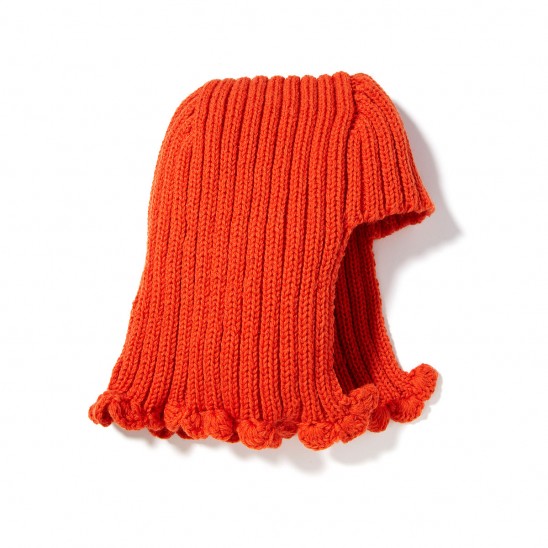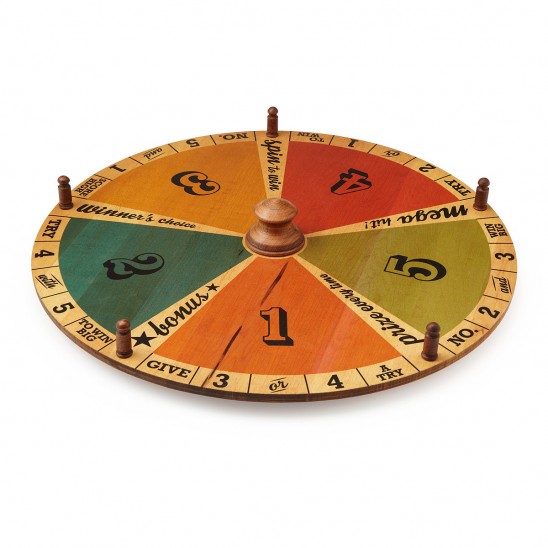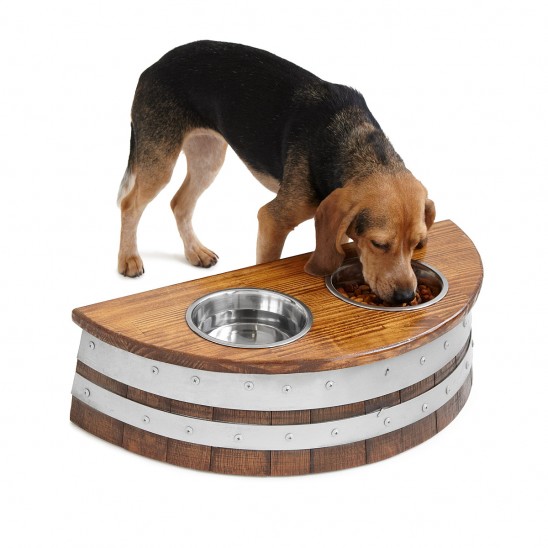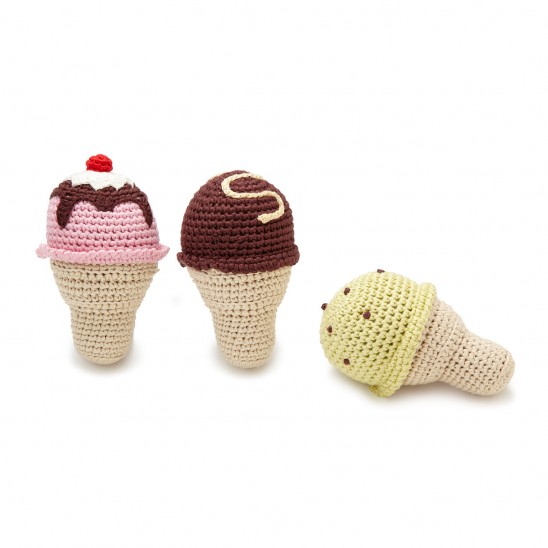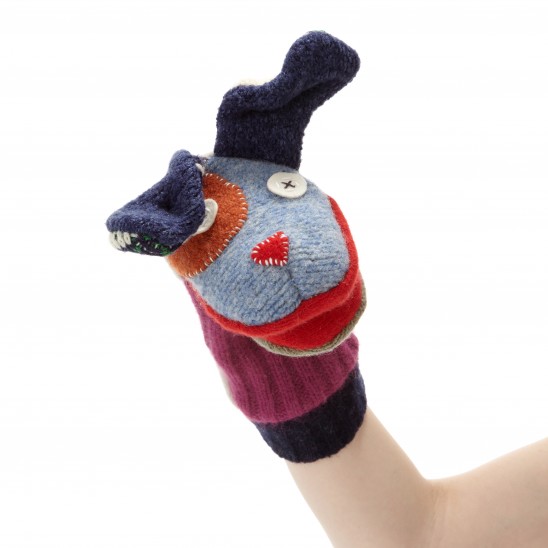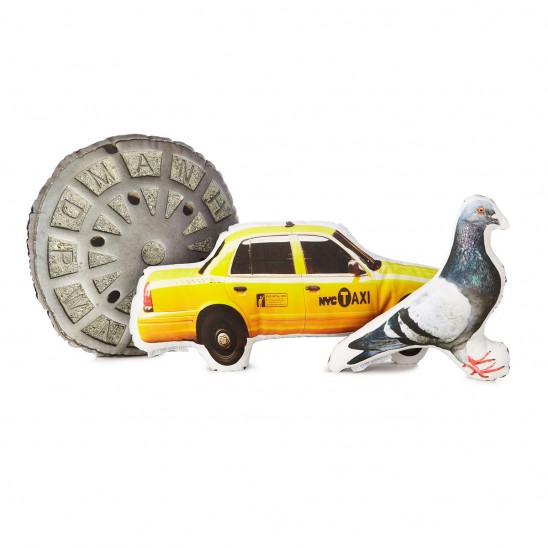Giving someone a high five feels like the perfect way to celebrate some accomplishment—so natural that it must have descended through time immemorial, back to toga-bedecked, ancient Greeks slapping raised palms in the Parthenon. But no. Some people will be surprised to learn that the phrase “high five” didn’t enter the dictionary until 1980. The earlier evolution of the gesture—the “low” five—had existed since WWII as a youthful twist on the handshake. But starting in the 1970s, the high five began to appear among professional sports players, and from there spread into the popular culture. The first slap heard round the world may have been on Oct. 2, 1977 in Dodger Stadium. That was the day when Dusty Baker hit his 30th home run of the season, which made the Los Angeles Dodgers the first team in history to have three players hit that mark in a single season. As he ran back toward the plate, his friend and teammate Glenn Burke was there, hand reached out in celebration, and Baker—wanting to return the gesture, somehow—reached up his own hand and slapped it. There are other athletes who also claim to have done the first high five, and it’s more than likely that it was spontaneously invented in several places independently. But whatever the case, it is clearly a gesture whose time had come.
It sure must have seemed that way in the early 20th century. Women had worn their hair long in Western culture for centuries, and the latest look at the turn of the century—the Gibson girl—required long tresses piled luxuriantly on top of the head. So during WWI, when women began cutting their hair at ear-level, it was considered rather scandalous. But 1915 was a tipping point, when famed ballroom dancer Irene Castle introduced the “Castle Bob” haircut. Suddenly short hair for women entered the mainstream, along with other shocking fashions, such as high hemlines and cloche hats—which could only be worn by those with short hair. Hairdressers were initially so resistant to the new trend that women would line up outside of men’s barbershops just to get their locks sheered. So did the bob make women wild? Not exactly. The fact is that, in the beginning, short hair was a practical choice for women during the war who were joining the workforce. Long hair is lovely for a magazine spread, but impractical when working with heavy machinery. And even Irene Castle picked her signature look for its ease when dancing. It was only later, in the 1920s, when women—now with a literal weight off their minds—began wondering what additional kinds of liberation they might enjoy.
The numbered game of chance we know and love has been around in some form since the early 1500s in Italy. It was known as a “lotto” game and took on many forms, including educational variations that taught children to recognize numbers. Around the early 1900s, a form of the game called “Beano” became very popular. Players would mark their cards with beans, and once a row was completed, they’d yell “BEANO!” In 1929, toy salesman Edwin Lowe stopped in on a Beano game in Georgia. After seeing people get so competitive over the fate of a few beans, he was eager to play the game back at home with his friends. He made some cards and let the games begin. Needless to say the game got spirited, as anyone who has waited six turns for a darn N22 would understand. When one of Lowe’s friends finally hit Beano, she leapt to her feet, tongue-tied with excitement. She stammered “B-B-B-Biiingo?!” Clearly a more snappy exclamation than “beano,” BINGO stuck, and Lowe made the first official BINGO game shortly after.
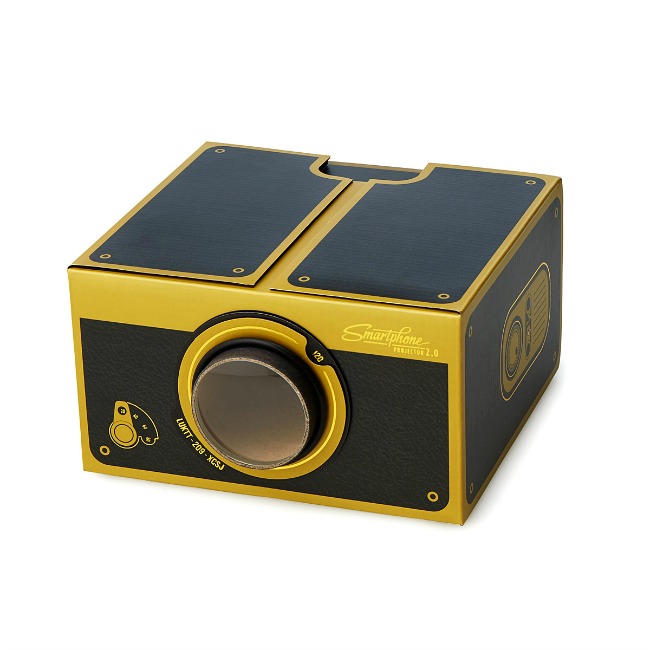
The Lumière brothers, in Paris, patented their Cinématographe in 1895. It was the first practical device for projecting moving images. By 1896, they had already built specialized Cinématographe theaters—known as “cinemas”—in London, New York and Brussels. And with theaters in place, there was an immediate need for material to present in them. The Lumières’ own films tended to simply capture images of the real world: a train entering the station, or workers finishing a shift at a factory. One filmmaker with more imaginative ideas was a British director named George Albert Smith. Smith had already had a career as a stage magician when he attended a presentation by the Lumière brothers and began to conceive of the visual magic he could create in this new medium. He began producing his own films, including his 1898 masterpiece, Santa Claus. More than just the first holiday movie, it used cutting edge special effects, such as jump cuts, split screen and double exposure, which allowed people to experience the wonder of the season in a whole new way.
If you thought you were the only one with an insuppressible urge to squeeze the cute out of a puppy, kitten, or baby, you’re not alone. Dubbed, “cute aggression” by a recent Yale study, the irresistible phenomenon that makes you want to squeeze a bulldog’s face while screaming about his “handsome wrinkle head!!!” is something we all struggle with. To better understand this condition, Yale psychologists gave study participants a roll of bubble wrap and played a slide show of both adorable and run-of-the-mill photos. Needless to say, there were significantly more pops at the sight of a chubby baby trying to roll over or a kitten falling into a basket of yarn. Psychologists think this could be a protective response, or the brain’s way of venting extreme feelings of giddiness and happiness. More studies are needed to see why “squeezing” is the preferred reaction to cute, so we’ll need a shipment of tiny puppies chasing their tails, thanks.
Uncommon Knowledge: Can ice cream get you through a cold winter?
November 26, 2014Ice cream has long been synonymous with lazy summer afternoons and picnics on the beach. However, studies have shown that folks in the Northeastern states are the largest consumers of ice cream in the U.S. Given the Northeast’s familiarity with bitter cold winters and icy Nor’easters, you would think that roughly six months of coats and boots would render ice cream a mere glimmer of hope on a distant July day. However, the fat content in ice cream actually makes your body warmer. The temperature difference certainly offers a cooling sensation; however once your body starts to digest, your body has to produce a lot more energy to break down the fat. This causes a rise in body temperature. This probably isn’t the sole reason New Yorkers, Bostonians, and Mainers reach for frozen pints while the snow comes down, but it’s certainly a good excuse.
Not as much as you might think. While only 1 percent of DNA distinguishes the Canis lupus familiaris snoozing at your feet from the packs of Canis lupus roaming Yellowstone Park, that’s a pretty important 1 percent. All the domestic dogs in the world today—from the loveable mutt looking for a forever home to the Tibetan Mastiff that recently sold for $2 million in China—are more closely related to one another than they are to their wild, howling ancestors.
Dogs and wolves parted ways about 10,000 years ago, when their common ancestor died out. But what put the familiaris in the canis family? Recent research into dog / human coevolution suggests that it hinges on some of the traits we associate most closely with endearing dog-ness—short snouts, floppy ears, and a wet-tongued, loving disposition. Natural selection steered by ancient breeders favored such traits because humans associated them with the classic cuteness of puppies. The benefit to people was a “wolf” that was loyally protective, adorable, and wouldn’t bite the hand that feeds it; the benefit to proto-dogs was that people would adopt the litter, feed and care for it, and help to perpetuate the species.
Millennia later, we’re housing, grooming, and carrying our beloved canine companions around like four-legged royalty. And they’re still helping us hunt, stay secure, and stave off loneliness. So enjoy the unique co-dependence you have with the dogs in your life. Without them, your feet would be cold and, after all, winter is coming.
You’ve fed baby ducklings, ogled puppies at the dog run, now where are all the baby pigeons hiding? Considering the hordes of pigeons in city squares and public parks, you’d think you’d see a couple of little ones scampering about. Turns out baby pigeons, or squabs, are kept safely in their nests for quite some time. Known as Rock Doves, pigeons build their nests in crevices that are tough to spot. Once the squabs hatch, they stay in the nest for four to six weeks, until they’re roughly the same size as an adult. After this, they enter their rebellious teen phase where they’re too cool to be seen with their parents and join their own flock. You can spot these angsty teens by the few downy feathers poking out from the back of their necks and their subtle eye roll.


